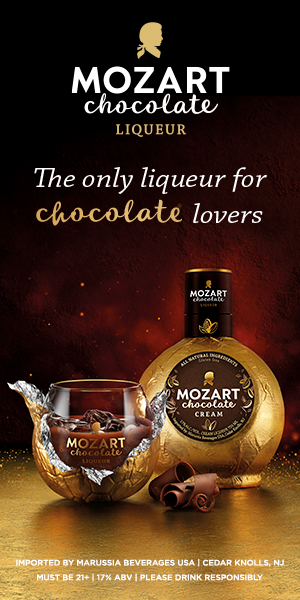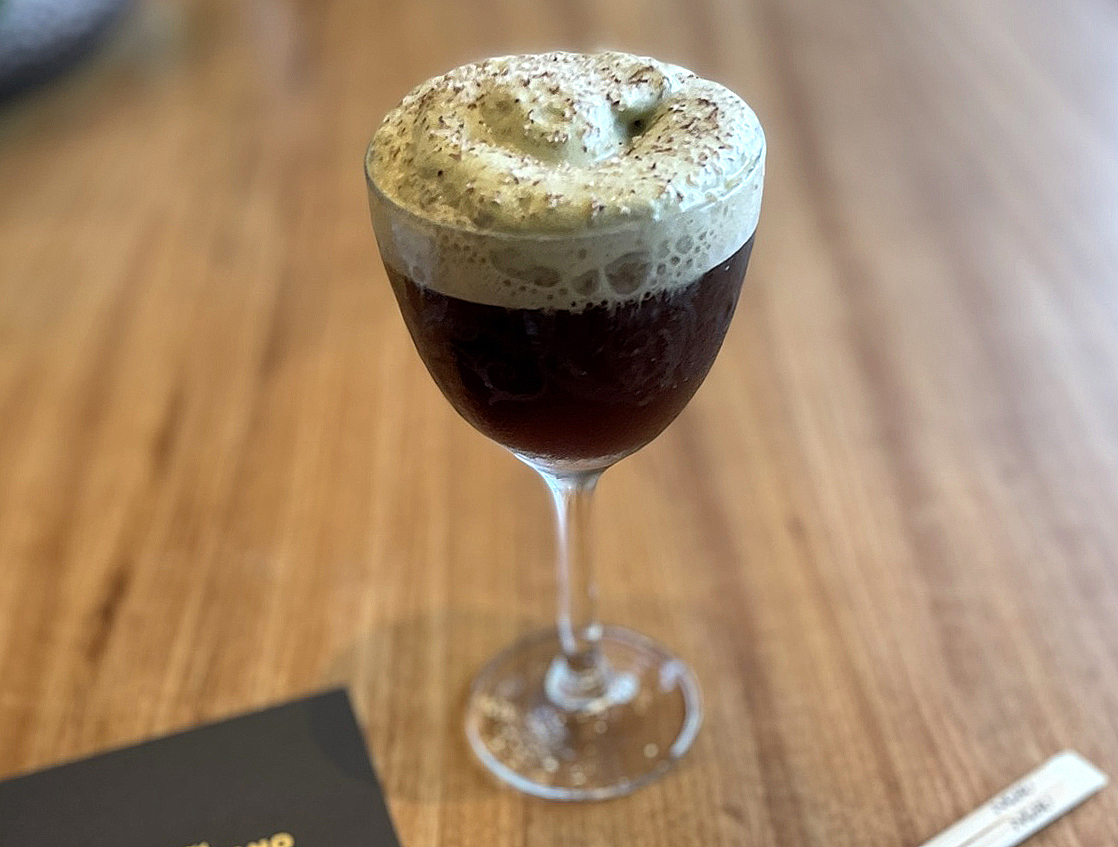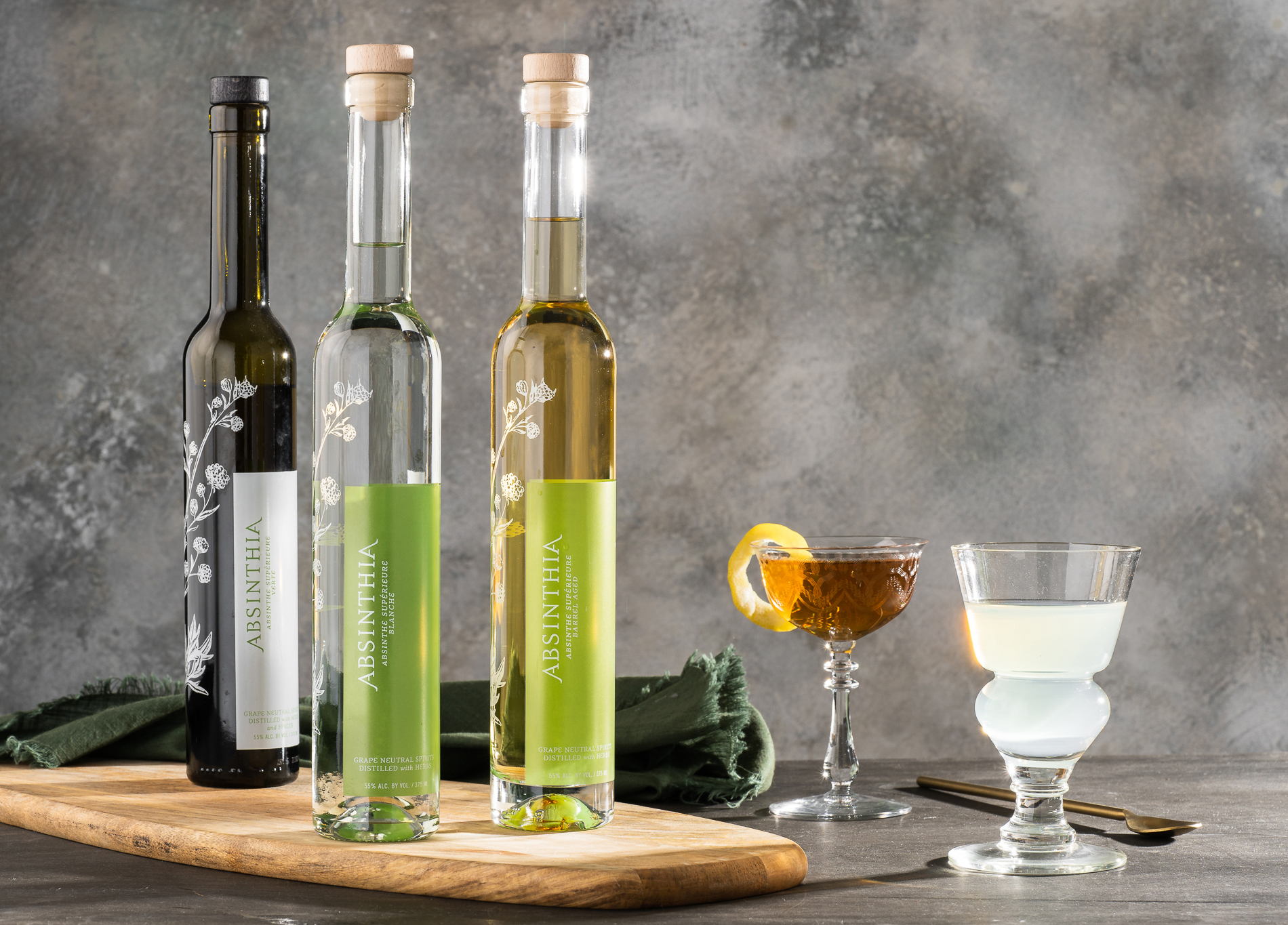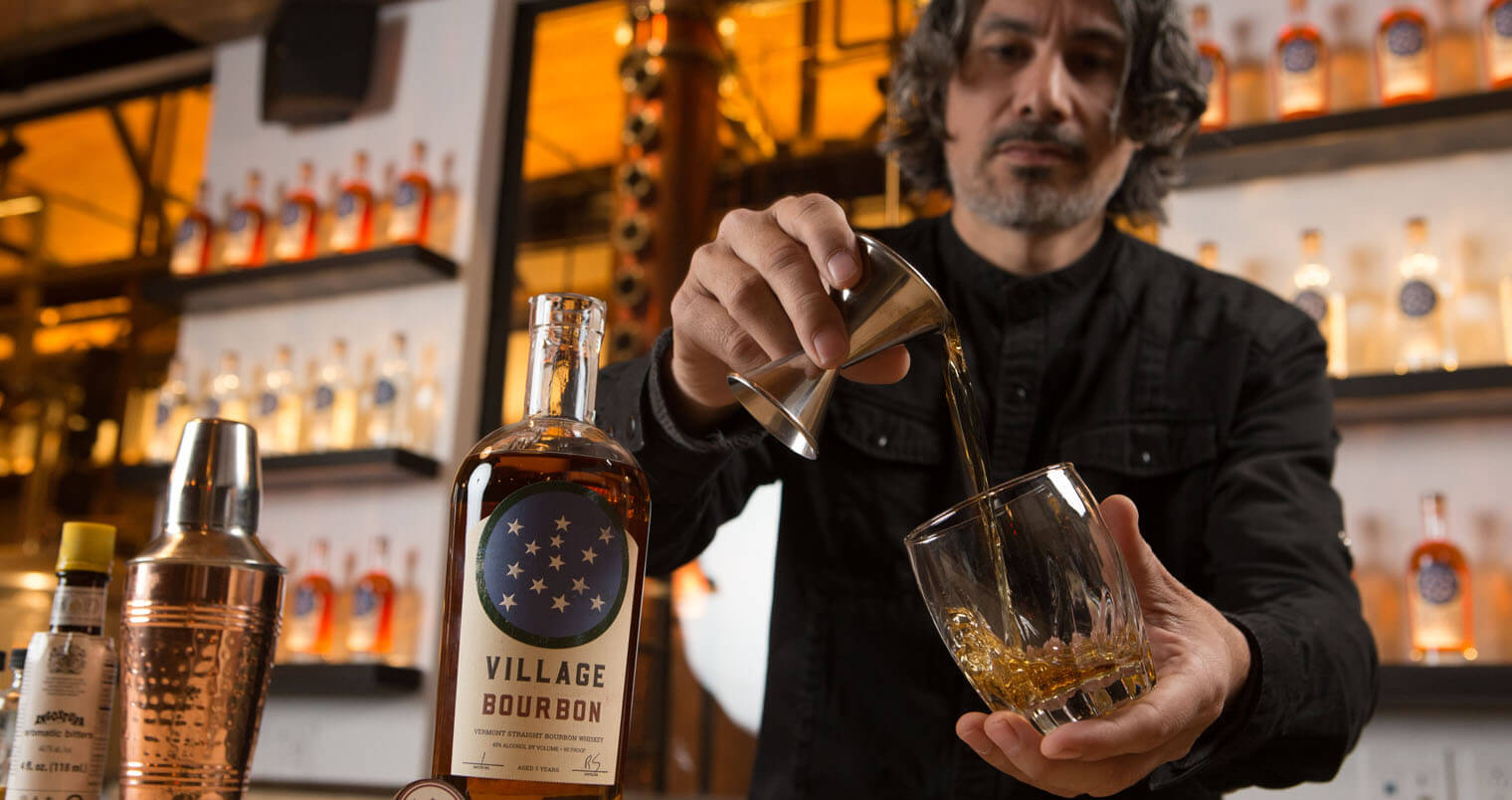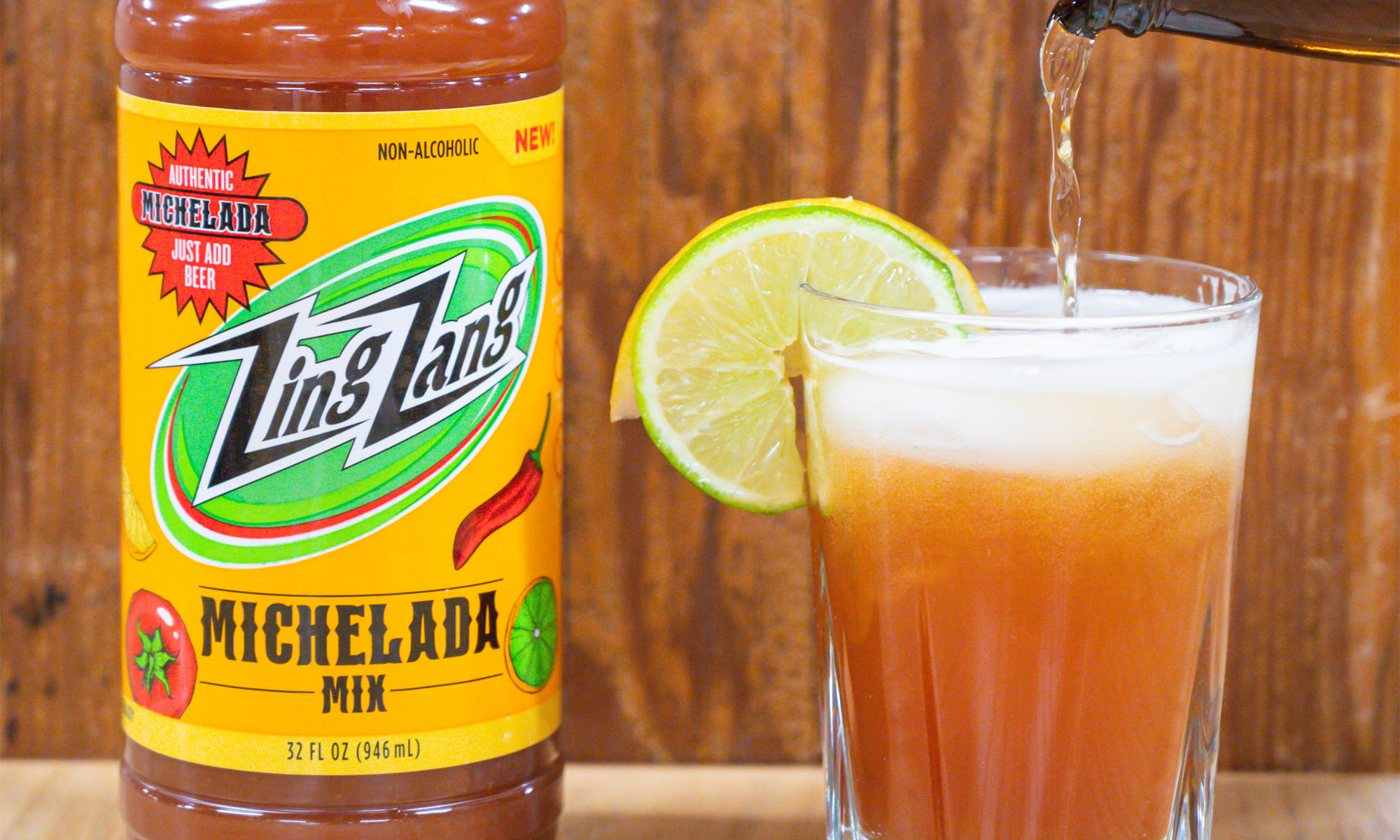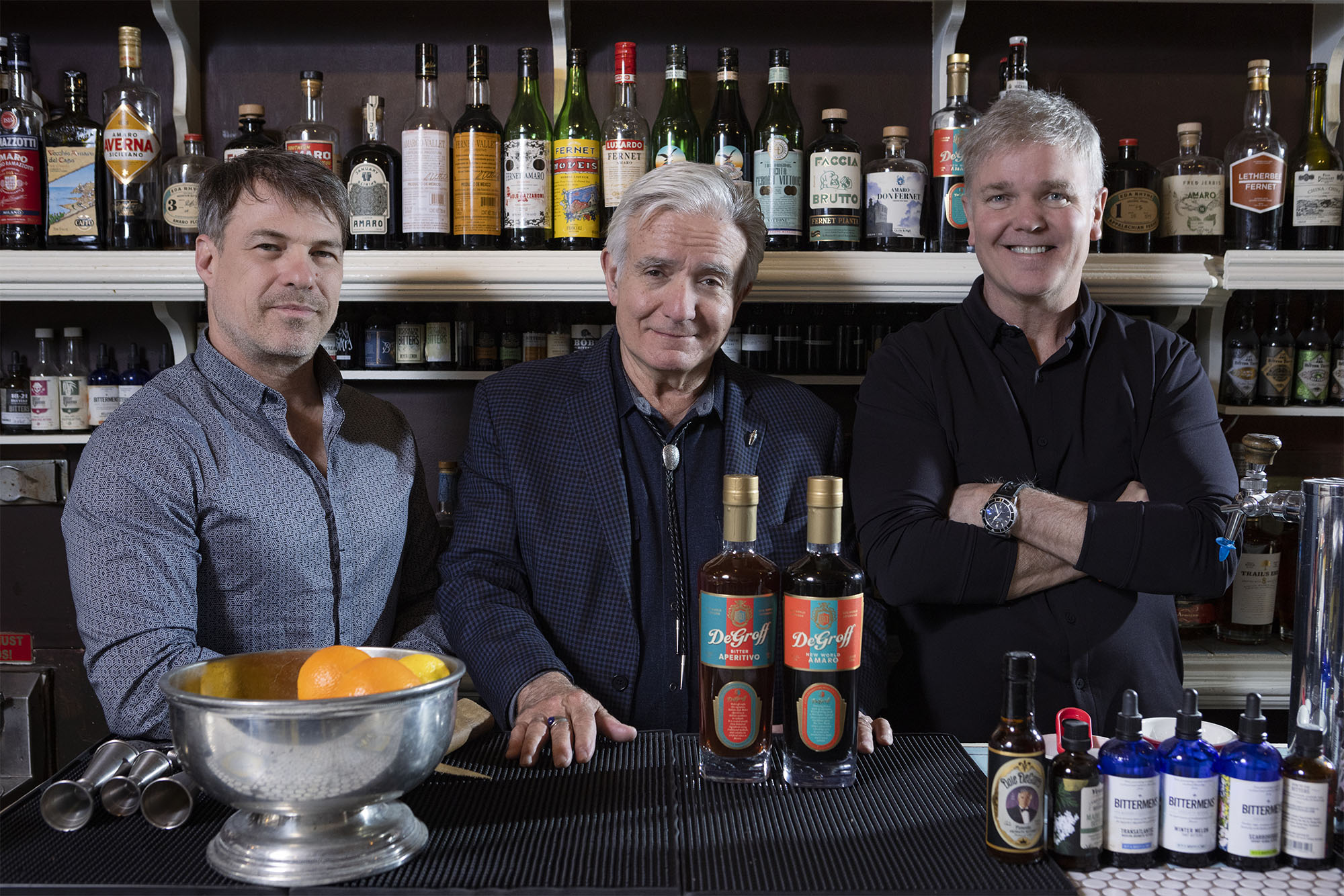Everything You Need To Know About Fortified Wines
By Mathew Powers
Fortified Wine. For decades it suffered a poor reputation as being nothing more than low-quality, super-sweet Sherry.
But, times are changing. Whether it’s a Sherry, Port, Marsala, Maderia, or even Vermouth, fortified wines continue to grow in popularity. Accounting for more than $10 million in U.S. sales in 2012, Statistica reports that Fortified Wines have enjoyed steady growth (albeit with a slight bump during the pandemic) and are forecast to exceed $15 million by 2025.
The idea of fortifying wine emerged in the days before refrigeration. Wine casks, unlike wine bottles, are far from airtight. Thus, on long sea journeys, the wine regularly oxidized and ostensibly turned into vinegar. To combat the oxidation, winemakers added a spirit (usually brandy) to the wine. But, the drink born of necessity has grown into a coveted product. Today, the shipping of Fortified Wine has nothing to do with preserving freshness and everything to do with luxury.

Fortified Wine Grapes
Nothing has changed about the process; one still needs to add a spirit to a wine base to be considered a Fortified Wine. Regardless, each category, from Marsala to Port, enjoys distinct characteristics. Indeed, there exists a vast range of sub-classifications. Vermouth, for instance, belongs to a subcategory known as aromatized wine, a fortified wine flavored with herbs, spices or natural flavor additions. Also, although the production of Fortified Wines can occur anywhere, geography plays a significant role in defining several types of Fortified Wines. For example, Madeira hails from Madeira Islands in Portugal and Sherries come from Jerez de la Frontera, in Andalusia, Spain.
Port derives its name from the Portuguese city of Porto, located on the Atlantic Ocean at the mouth of the Douro River. Like Champagne, if it doesn’t come from Porto, it’s not truly a Port Wine. The Douro Valley is home to more than 80 grape varieties, which are grown and used in the production of Port Wine. Before fermentation ends, the wine is fortified with spirits (usually unaged brandy). If the winemaker fortifies the wine before completing the fermentation, leftover sugars will remain — a sweet Port is born. In contrast, if the winemaker adds the spirits post-fermentation, a dry fortified wine will develop. Additionally, grape choices, aging variations, and other factors allow for more than fifty types of Port Wines, including popular subcategories such as Rosé, Ruby, Tawny, White, Colheita and a host of Vintage classifications.
Also hailing from Portugal, Maderia emerged centuries ago as a happy accident. Ocean voyagers traveling from Portugal through tropical climates noticed the hot and humid environment provided the Fortified Wine they carried a unique taste, which they enjoyed. To mimic that today, Madeira producers rely on one of two processes. The first is known as estufagem, which consists of heating the wine in large tanks (estufas), which usually takes a few months. The other method, known as the canteiro method, involves placing the casks in attics (or anywhere deemed the hottest place in a building) and allowing them to heat for a minimum of four years.
Usually, heating wine is a no-no, but with Madeira…well, it just works. But, here’s the best part: the heating process provides Madeira with a remarkable shelf life — hundreds of years! Meanwhile, a lesser-known Portuguese Fortified Wine, Moscatel de Setúbal, is made from the Muscat of Alexandria grape found near Portugal’s coast city of Setúbal. The addition of muscat grape skins after distillation provides the Fortified Wine with a floral, slightly funky aroma.

Forified Wine
Italy offers the world a Fortified Wine known as Marsala, which originates in Marsala, Sicily. Styles range from dry aperitivos to sweet dessert styles. Another sweet (dessert) Fortified Wine identified as Commandaria comes from Cyprus. One can find two distinct grape types on the island: xynisteri and mavro, which wine producers have utilized for more than 3,000 years.
Vermouth and Sherry have also made a strong comeback within the Fortified Wine category, aided by the boom in mixology and cocktail culture. Vermouth, a spirit once prescribed the famous Greek doctor Hippocrates to treat various illnesses, is today a key component in such classic cocktails as martinis and Manhattans. Keeping in mind that it is a Fortified Wine, one can find both a red and white Vermouth. Nowadays, savvy cocktail connoisseurs request specific Vermouths as the importation of high-quality bottles has grown substantially. For that matter, U.S. distillers are producing Vermouth in greater numbers, too.
As for Sherry, it’s an apéritif for some. For others, it’s a dessert. It’s good in cocktails. It’s an excellent accompaniment to a variety of meals. Besides always being made from white grapes, it must come from Andalusia, located in southern Spain, to be an authentic Sherry. More specifically, the towns of Jerez de la Frontera, Sanlúcar de Barrameda and El Puerto de Santa María, which make up the”sherry triangle.” Furthermore, Sherries are the product of the solera aging system, or fractional blending, where winemakers add small, precise amounts of younger wines to more mature wines. Each Sherry subcategory, like Amontillado, Fino, Manzanilla or Oloroso, stems from differences in aging, ABV, and oxygen content, as well as the varied choices made concerning the addition of flor yeast.
Manzanilla and Fino age under a layer of flor, resulting in a Sherry that’s dry, nutty, tart and offers a bit of yeastiness. Manzanilla also has a bit of saltiness because of its proximity to the sea. On the other hand, the lack of flor in Amontillado or Oloroso leads to a subtle amount of oxidation, providing the Sherry with deep nuttiness and dark fruit notes, with a touch of sweetness.
As one can see, tremendous care goes into developing Fortified Wines, and the category has plenty of range. Everything from terroir to fermentation processes plays a pivotal role in determining the final product, most of which is handled by skilled winemakers who benefit from generations of experience passed down to them. The quality of fine Ports and elegant Sherries has captured the attention of drinking enthusiasts. It’s only a matter of time that the average imbiber will also recognize the pleasure realized from exploring a variety of Fortified Wines.


